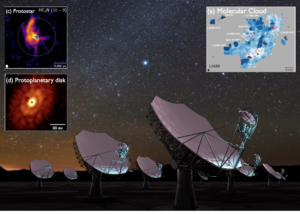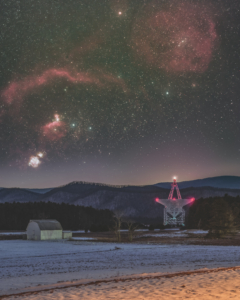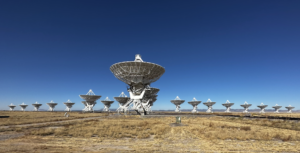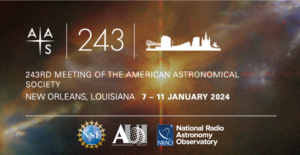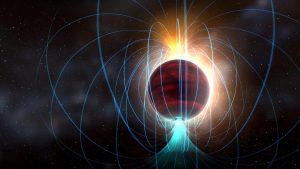Looking for a more efficient way to process a particularly large VLA data set, to produce one of the deepest radio images of the Hubble Ultra Deep Field (HUDF), made famous by the Hubble Telescope, NRAO staff decided to try a different approach.
German Astronomers Share Proposed Science for the ngVLA
Over the course of two scientific meetings, held in 2022 and 2023, German astronomers have collected 41 highly compelling science cases involving 57 unique authors from 19 German institutions, all aspiring to use the ngVLA.
Can Astronomers Use Radar to Spot a Cataclysmic Asteroid?
How can humans protect the Earth from “devastating asteroid and comet impacts?” According to the National Academies and their…
Mystery of Star Formation Revealed by Hearts of Molecular Clouds
An international team of astronomers has revealed mysterious star formation at the far edge of the galaxy M83. This research was presented today in a press conference at the 243rd meeting of the American Astronomical Society (AAS) in New Orleans, Louisiana. The research used several instruments operated by the National Science Foundation’s National Radio Astronomy Observatory (NRAO), including the Atacama Large Millimeter/submillimeter Array (ALMA), the Karl G. Jansky Very Large Array (VLA), and the Green Bank Telescope (GBT), along with the National Astronomical Observatory of Japan’s (NAOJ) Subaru Telescope and the NASA Galaxy Evolution Explorer (GALEX).
NRAO in the press at AAS 243
New scientific results from the Atacama Large Millimeter/submillimeter Array (ALMA), the Very Large Array (VLA), and Green Bank Observatory…
How Radio Astronomy Sees Magnetic Fields
Many objects in the Universe have magnetic fields. Planets such as Earth and Jupiter, the Sun and other stars,…







